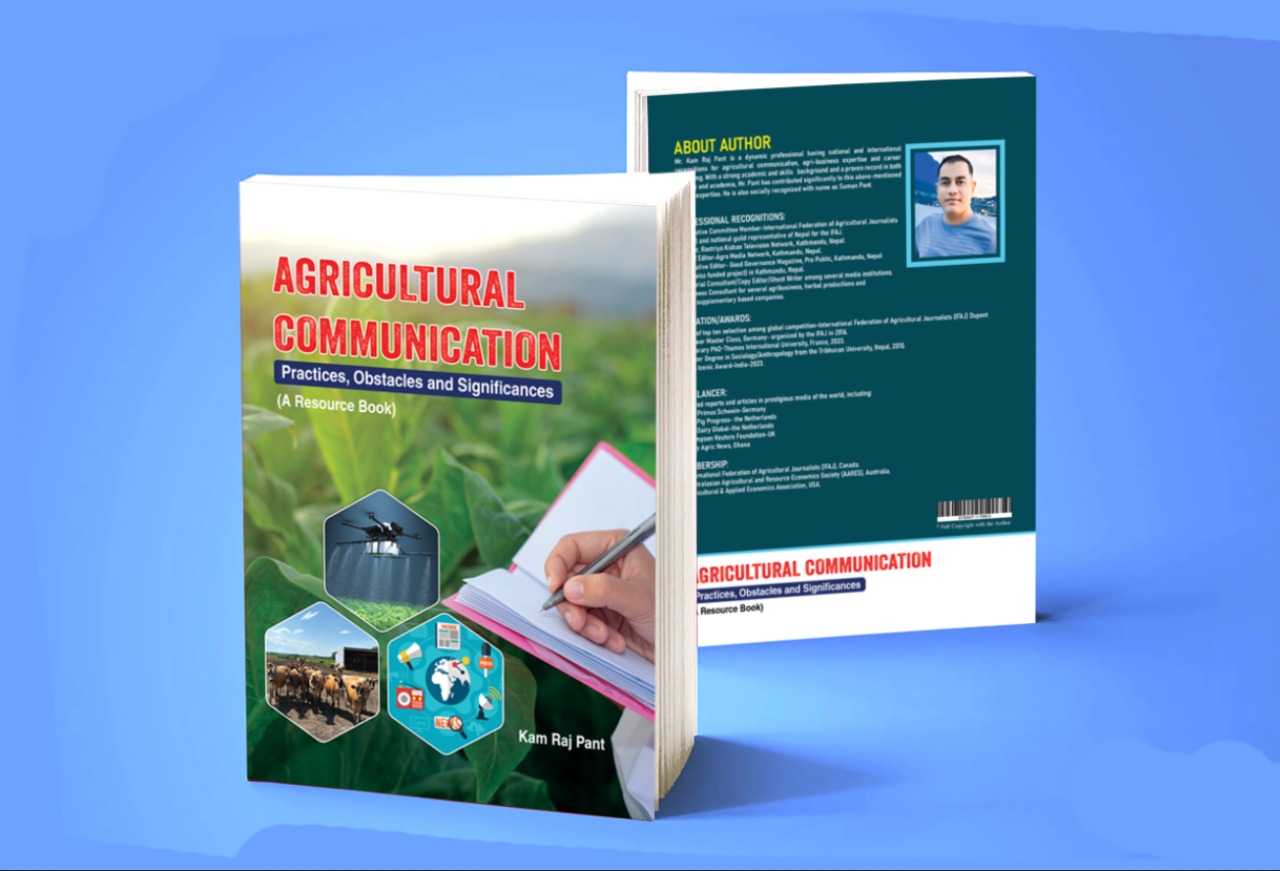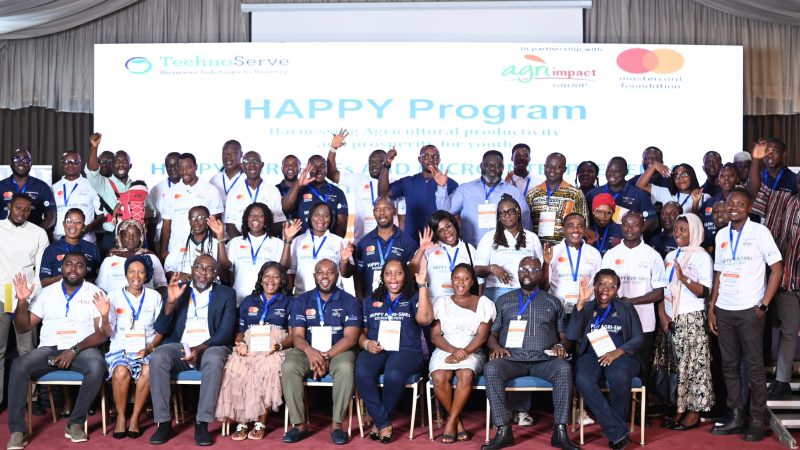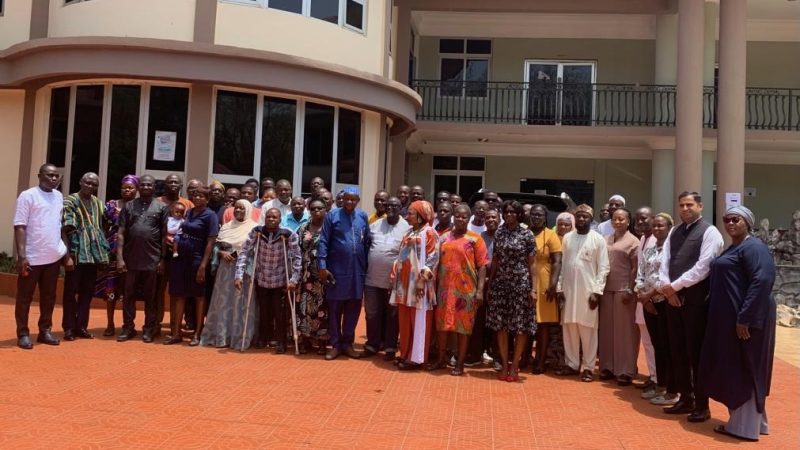
“Agricultural Communication, Practices, Obstacles and Significances” by Kam Raj Pant stands out as an insightful and comprehensive exploration of agricultural journalism and communication. As a global executive committee member of the International Federation of Agricultural Journalists (IFAJ) and an honorary PhD recipient in Agricultural Journalism from the Thames International University, France; Mr. Pant brings not only his academic expertise but also his vast experience to the table, offering readers a nuanced understanding of the challenges and significance of agricultural media. He is also familiar with his name Suman Pant.
Structure and Content
The book spans an impressive range of topics, providing an in-depth examination of both the theory and practical application of agricultural communication. Pant starts by laying the groundwork with the foundational distinctions between agricultural communication and agricultural journalism, ensuring that readers have a solid understanding of the terms and their relevance.
In subsequent chapters, the book explores crucial themes such as media integrity, effective agro-reporting channels, the importance of identifying the target audience, and the role of data in agricultural reporting. These sections are not only informative but also relevant, as they touch on the intersection of modern media practices and the agricultural sector’s evolving landscape.
Pant dives deeper into the challenges faced by agricultural journalists and the farming community, highlighting the intricacies of reporting and the importance of consistency in agricultural journalism. One standout chapter is “Farmers’ Communication Preferences,” which provides a detailed look at how farmers engage with media and what they seek in agricultural reporting. This insight is essential for anyone looking to bridge the gap between farmers and journalists.
The book also covers the growing role of digital platforms and social media in the agri-tech revolution, addressing topics such as digital growth, the empowerment of agri-tech, and the role of social media in modern agricultural journalism. In a world where farmers increasingly rely on digital tools for information, Pant’s discussion of these topics is timely and critical.
Critical Insights
Pant emphasizes the importance of empowering reporters and ensuring that the media remains a vital tool for change, policy reform, and advocacy. Chapters like “Agriclinics and Call Centers: Boosting Agriculture” highlight how non-traditional forms of communication, such as agrarian call centers, are playing a pivotal role in reaching rural communities and empowering farmers with the right information.
The author also touches on the need for better access to data, breaking down complex agricultural statistics in a way that makes them understandable and actionable. This is critical for journalists who must interpret data for audiences who may not have a deep understanding of agricultural sciences.
Strengths
One of the book’s most significant strengths is its focus on critical thinking and storytelling. Pant effectively illustrates how journalists can craft compelling narratives through visuals, data, and in-depth feature stories that speak to both the heart and mind of the audience. His exploration of the “Farming Media: Drawbacks and Positive Efforts” is balanced, showcasing the media’s power to influence policy while also acknowledging the gaps and challenges within the field.
The book’s final chapters—ranging from “Farming Policy Dynamics” to “Addressing Agro-Journalism Gaps”—present practical solutions to the issues that arise in the field. Pant emphasizes the need for reforms in policy, sustained advocacy, and a more collaborative approach to media, government, and agricultural stakeholders.
Conclusion
Kam Raj Pant’s “Agricultural Communication, Practices, Obstacles and Significances” is a valuable resource for anyone interested in agricultural journalism, communication, and the future of farming media. Its blend of practical advice, case studies, and critical analysis offers a thorough understanding of the field. The book not only serves as an educational tool but also as a call to action for journalists, policymakers, and farmers to strengthen communication channels and foster sustainable agricultural growth.
This book is highly recommended for anyone involved in agricultural media, agricultural policy, and rural development. Pant’s clear vision for agricultural journalism’s future makes this work an essential read in the field.





